Built in Italy, Inspired by Porsche: The "Turtle" Was the Greatest Corvair of All Time
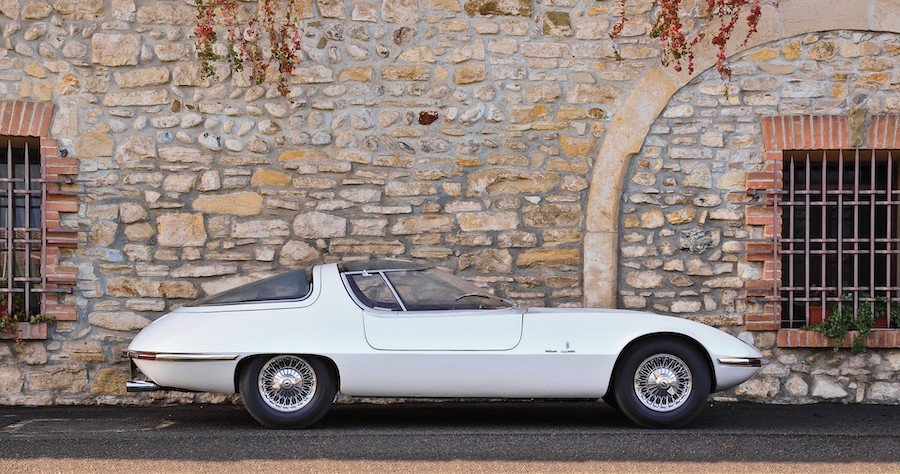
Its architecture was entirely and utterly non-American, with cargo space in front of the passengers and the engine strapped over the rear axle.
If it sounds familiar, it's Porsche's fault. Not the company's, the man's. Ferdinand Porsche brought about the VW Beetle, and Chevrolet wanted to have a go at the design. What came of GM's attempt was the Corvair, an exciting car in itself, albeit vastly against the flow of what the United States of Automobile was preaching to Planet Piston.
The Corvair was delicate, almost fragile in appearance, and the engineering revolution it advocated wasn't to the taste of the domestic public. On top of it all, the sacrilege of putting a flat-six air-cooled plant in the trunk was aggravated by its meager displacement of 145 cubic inches (2.4 liters).
For V8's sake, that was the straw that broke the camel's chassis. Although it didn't disappoint in the sales department – at least not in the first six of its ten-year production run, the Corvair fell victim to several issues.
Most were internal, but the decisive blow came from Ford when the Mustang came out. America suddenly realized the new automobile style from the Blue Oval was precisely what it had been waiting for since the invention of internal combustion transportation.
However, there is one Corvair that America would have loved with fierce passion – if it had come to the States. It's called the Testudo, and it was built in Europe. On top of that, only one example was assembled, the prototype.
Why dare I say this car would have been a gearhead's midsummer night’s dream? Because the Porsches are, and this Corvair was the next best thing to the famous sportscar from Germany. Sure, it looks nothing like a standard Chevrolet Corvair – it wasn't meant to – and perhaps this might have been the approach Chevrolet should have endorsed with this oddball automobile.
Spurred by the Beetle's success in America, GM sought to export American-made motoring to the Old World. However, returning to the roots wasn't as easy as the world's largest carmaker hoped. Europeans had very different tastes in automobiles. While specific models from Italy, Germany, England, or France found customers across the Atlantic, the favor was not quickly returned.
Oversized Detroit cars did not fit In the intricate motor landscape of Europe – not with the design that sold millions in the States. "When in Rome, do like the Romans," GM bosses murmured to themselves. It is Italy where they searched for the solution to their market expansion ambitions.
In short, Chevrolet sent a couple of Corvair 900 Monza chassis to two Italian coachbuilders – one of those was Bertone. The head of the company immediately appointed his chief of design, a 24-year-young man named Giorgetto – to pen a body.
What came out of the imaginative man's hands is automobile history – for two reasons. First, with the Testudo, the designer got a free hand on a project. His ideas would eventually start a styling revolution that endures to this day. And secondly, the car itself became a motoring piece of art – never replicated, never mass-produced, and never morphed into a large-scale American piston dream reality.
Giorgetto's other name is Giugiaro, and the Chevrolet Corvair Testudo was his first full-scale design. Testudo is "turtle” in Latin – the name implies the rounded shape of the back and the visible horizontal line that divides the body into an upper and lower half. Bertone didn't shy away from putting the slow animal as an emblem on the back – check the gallery for the peculiar detail.
The fluid lines of the Testudo inspired future designs – the Porsche 928 is a direct spiritual descendant of Giugiaro's masterpiece. The turtle-badged Corvair wasn't a show car but a fully working prototype. Giuseppe Bertone drove it over the Alps to Switzerland at the 1963 Geneva Auto Show for its official presentation – and the vehicle made quite a sensation.
Giorgetto Giugiaro drove it back to Turin after the event. Probably during that motoring gathering from March 1963, Bertone's styling drew the attention of another tremendous Italian name. Lamborghini was showcasing its first automobile, the 350GT, in Geneva. The long and fruitful association between the House of the Raging Bull and Bertone could be the merit of this Corvair.
Apart from its stunning looks and daring features – the fighter jet-inspired plexiglass canopy, steering yoke, and offset instrumentation gauges – the Testudo has a profoundly brief history. If grammar doesn't agree with the two terms working alongside, note that the chassis was delivered to Bertone in the winter of '62. On March 3 of the following year, the car drove from Italy to the Swiss car convention and back.
If that is not a fantastic engineering feat, then I don't know what else is. The coachbuilder needed just two short months to practically invent the automobile. The Corvair Monza chassis was shortened and strengthened while the drive train was left untouched. This is perhaps the turtle-most feature of the Testudo – the crucial "go fast" element isn’t awe-inspiring.
At least, not by American standards of 1963, which were a pledge of allegiance to the classic layout of liquid-cooled front-engine and gearbox and rear-wheel drive. The Testudo came with the Corvair high-performance 145 cubic-inch flat-six rear-mounted plant. It was small enough to allow Giugiaro to create his wonderful optical illusion but strong enough to push the car around without effort.
When seen from the side, the long hood immediately gave the onlooker the impression that a massive engine resided in front of the cabin, in the tradition of European sportscars. The small flat-six neatly fit in the small space behind the two seats, directly over the rear axle. The four-speed manual transaxle and engine assembly added enough weight over the drive wheels to keep the car firmly in its tracks.
The output from the overhead camshaft, two-valves-per-cylinder, twin-downdraught-carbureted engine was rated at 102 hp (103 PS) and 134 lb-ft (182 Nm). The Berlinetta body left a sporty impression, partly due to its sleek styling and shallow height.
Bumper to bumper, the Testudo measured just 169 inches (4.3 meters), with a wheelbase of 94.5 inches (2.4 meters). At almost 68 inches wide (1.7 meters) and 41.7 inches tall (1,060 millimeters), the Turtle appears to be a track-born athlete. At just 1,980 lbs (898 kg), it was nine hundred pounds (400 kg) lighter than a same-year split-window Corvette.
To aid the dynamics of the Testudo, Bertone installed all-around independent suspension with wishbones, coil springs, telescopic dampers, and an anti-roll bar at the front. Semi-trailing swing axles and coil springs support the rear, and four-wheel drum brakes provide stopping power.
More than a decade after drawing this stunning Corvair, Giugiaro recalled the Testudo "was a car with which I really felt I contributed to car design." Influences of his first significant project are still visible today, despite GM never pushing forward with the concept.
The American motoring giant – pressed by the cataclysmic success of Ford's Mustang – dropped the Corvair altogether by the end of the sixties. Instead, Chevrolet focused on another project that would eventually become a motoring icon: the Camaro.
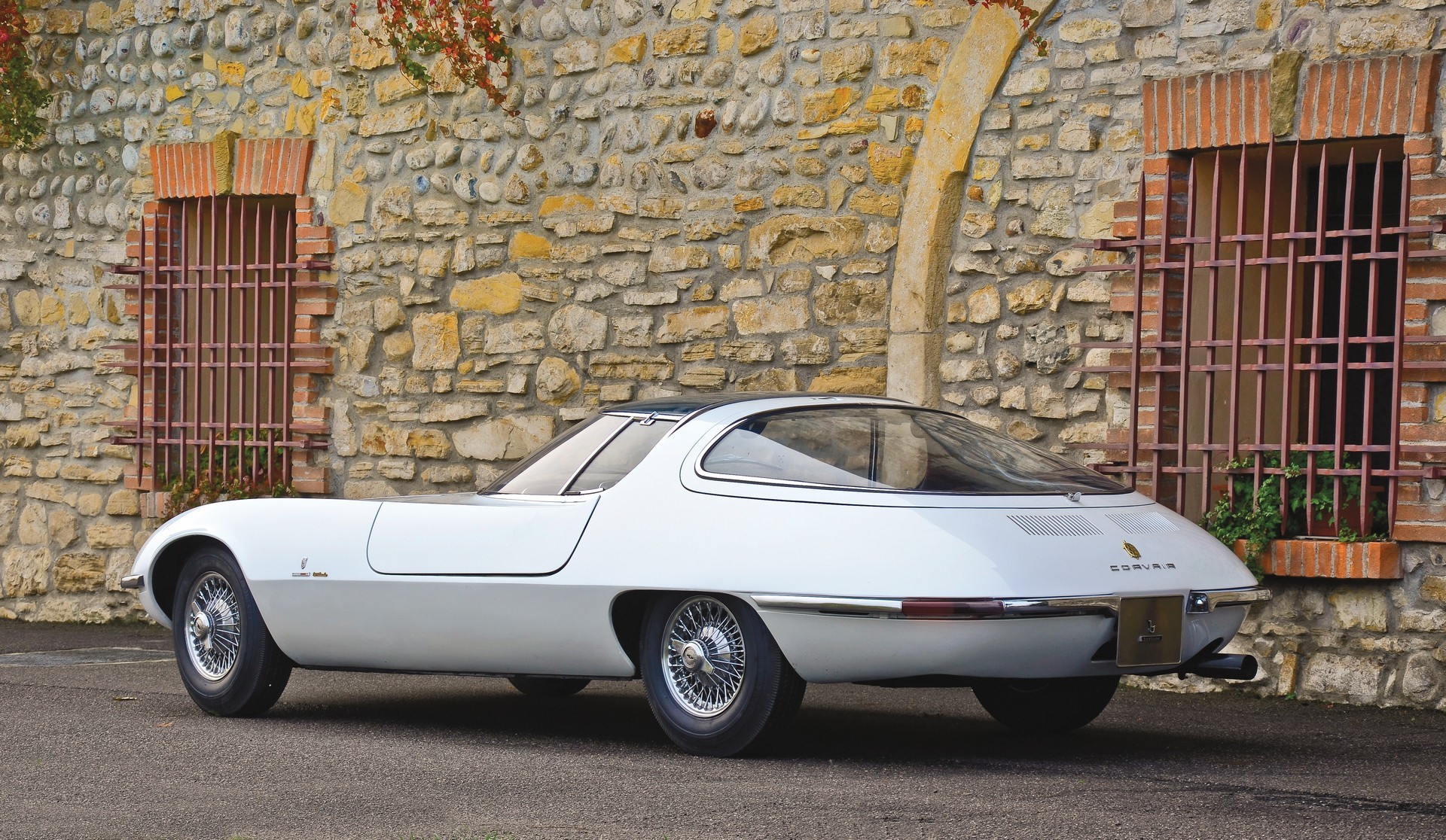
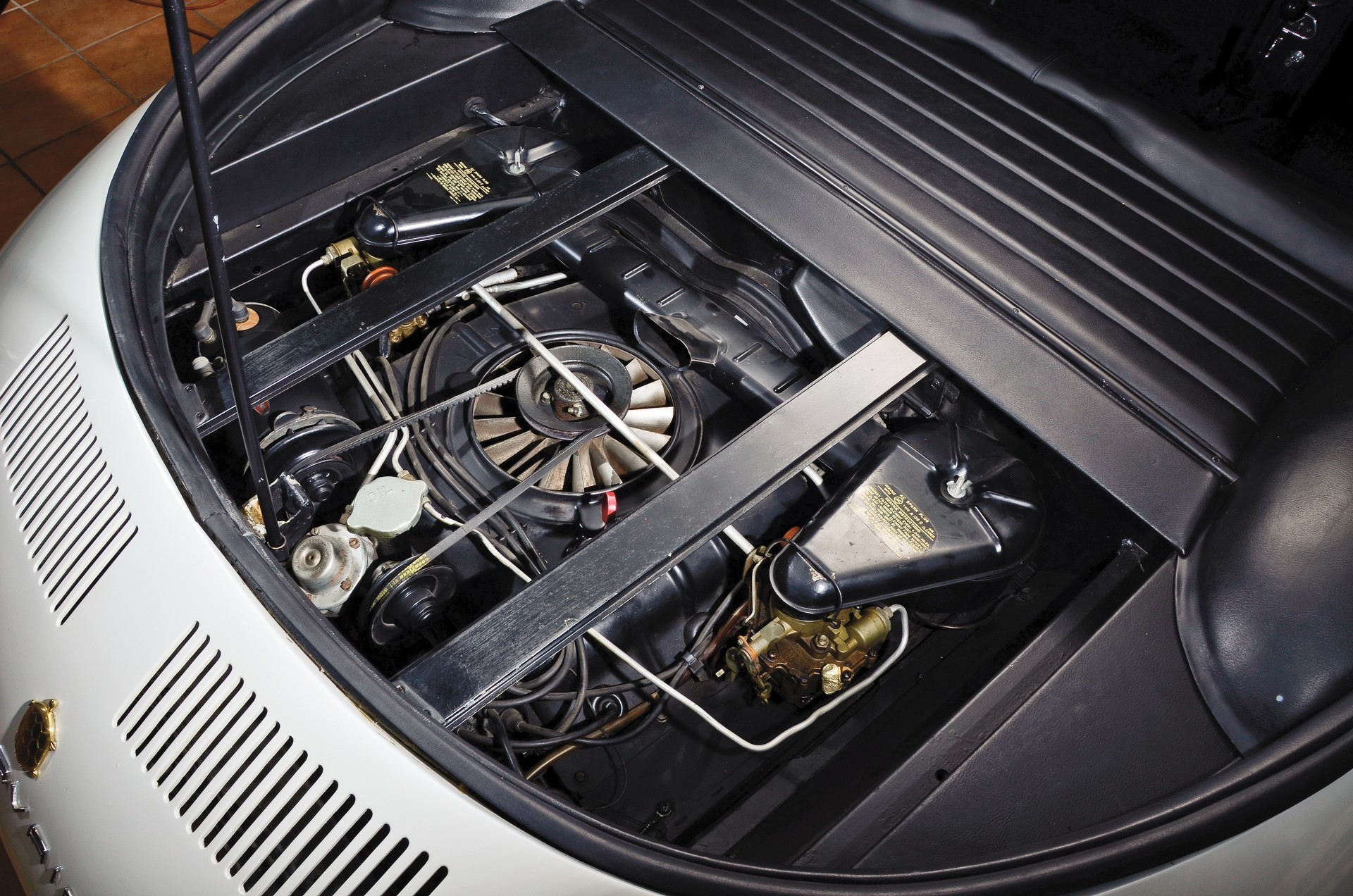
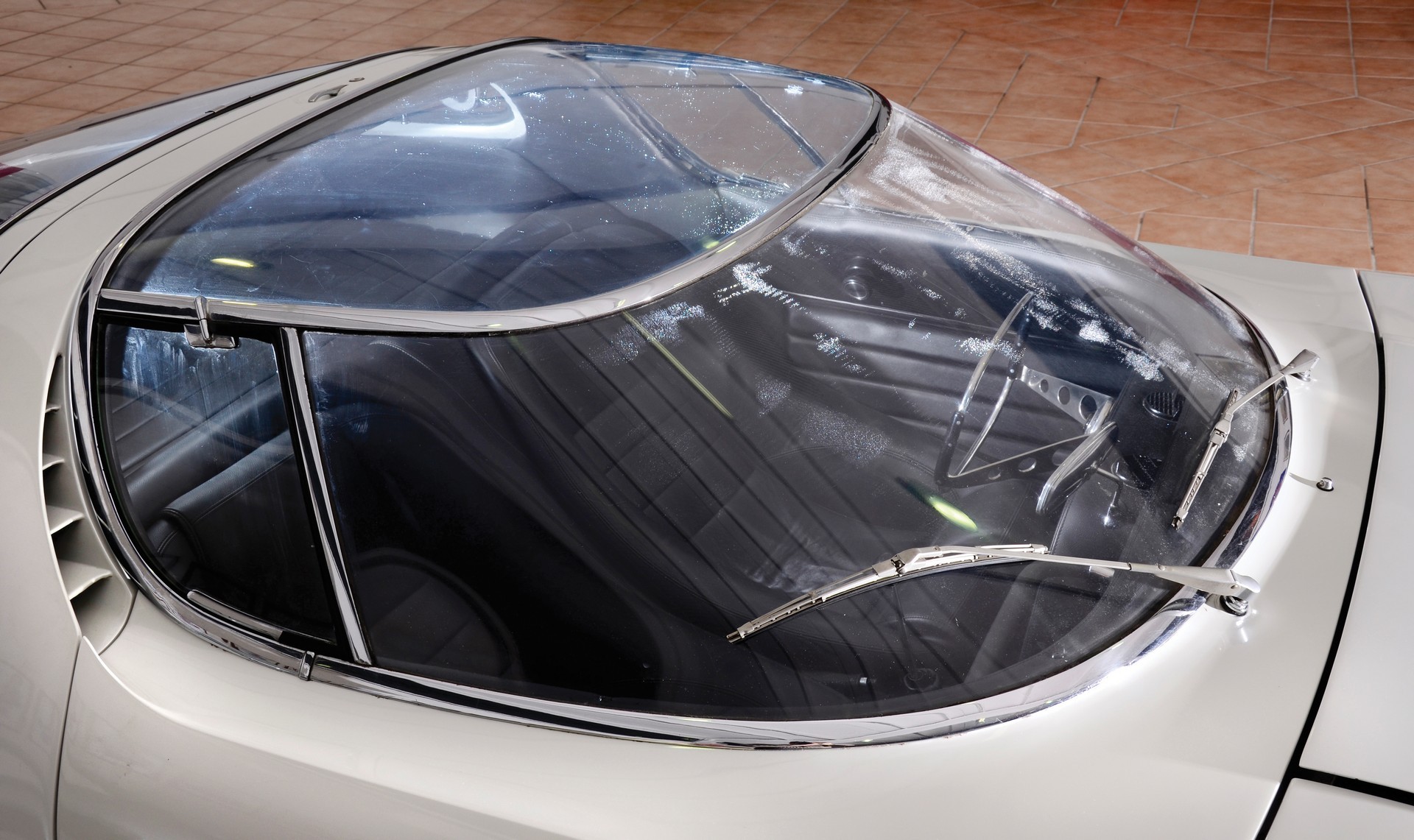
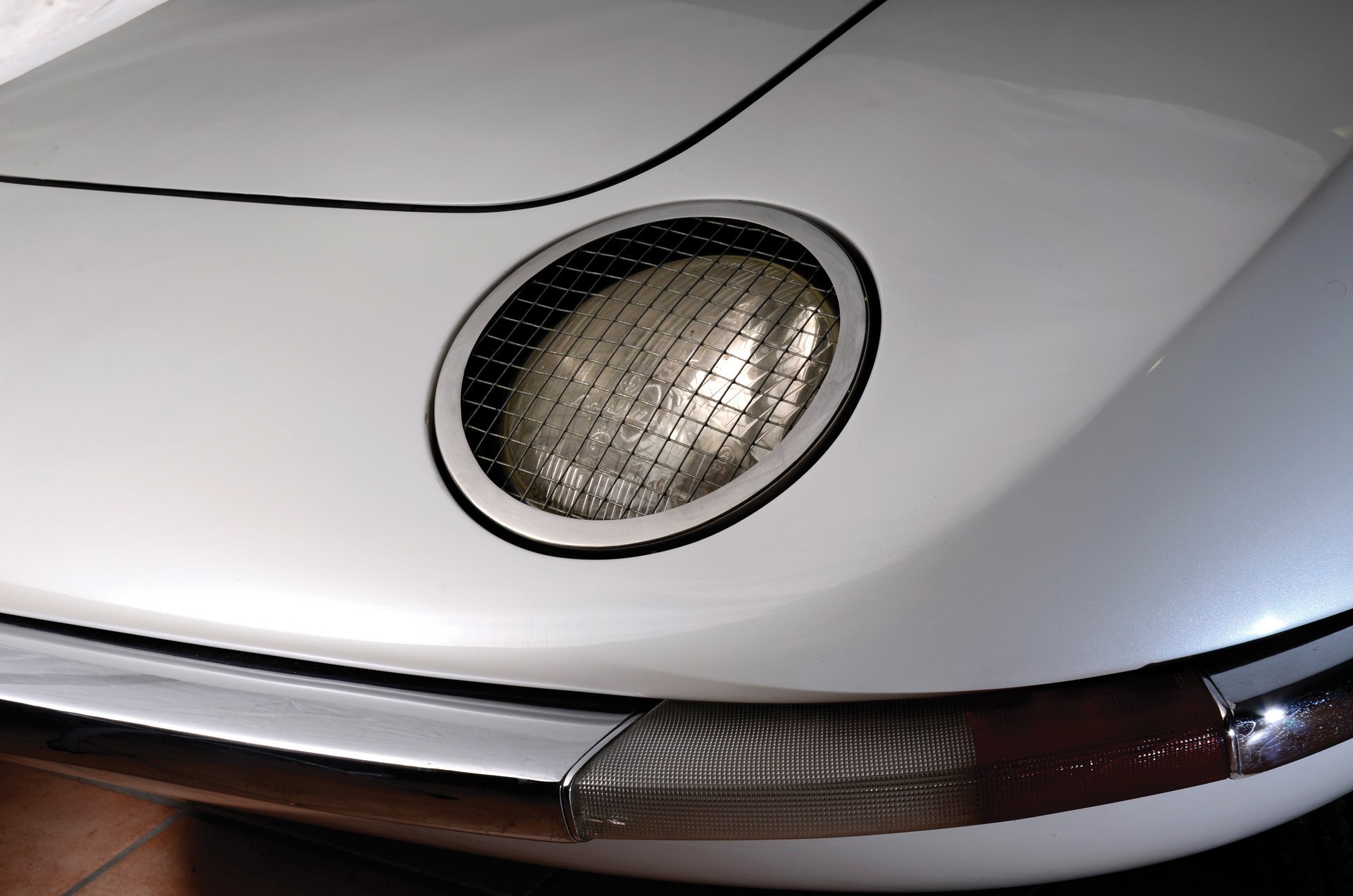

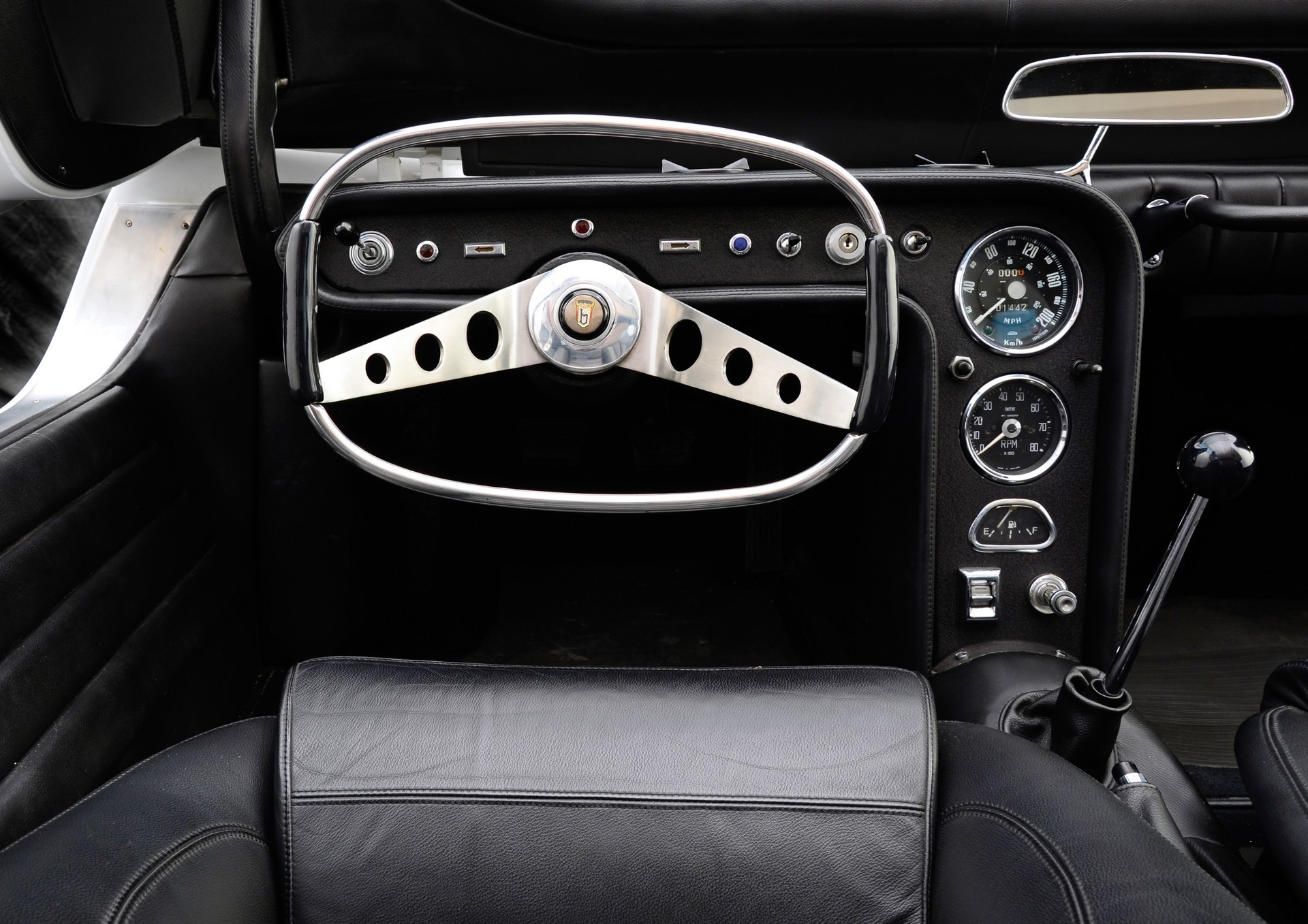
Related News
